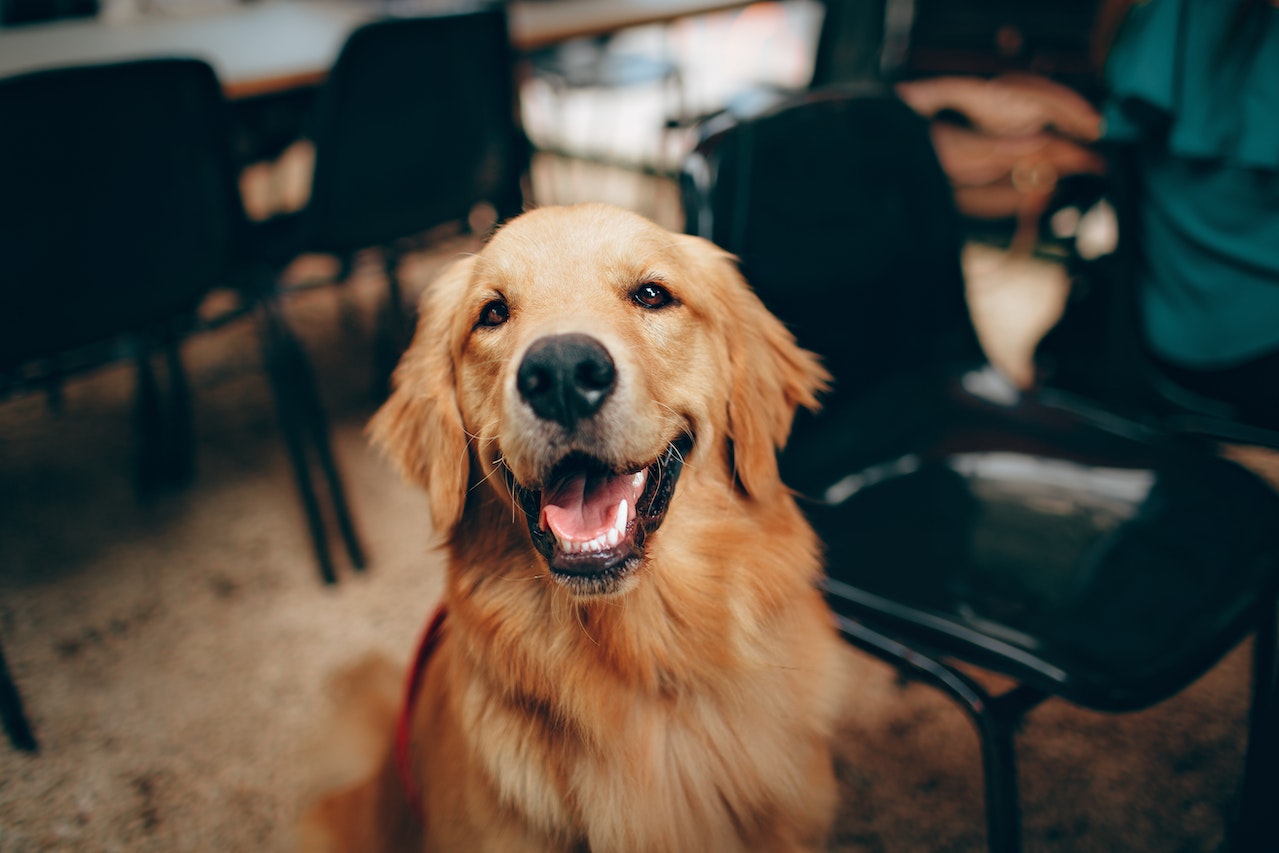How to Walk Puppy on Leash
Walking a Labrador puppy on a leash can be an exciting and rewarding experience. However, it can also present its fair share of challenges. As a proud Labrador owner myself, I understand the importance of proper leash training and its impact on both the puppy’s behavior and our overall walking experience.
When it comes to walking a Labrador puppy on a leash, it’s crucial to start early and be consistent. Begin by introducing your puppy to the concept of wearing a collar or harness and gradually introduce the leash. Start with short walks in familiar surroundings, allowing your furry friend to get comfortable with the sensation of being leashed.
As we all know, Labradors are known for their boundless energy and enthusiasm. This is why exercise plays such an important role in their lives. Regular walks not only provide physical exercise but also mental stimulation for these intelligent dogs. By incorporating structured walks into your routine, you’ll help keep your Labrador engaged and content while promoting good leash manners.
- Start with the basics: Begin by introducing your Labrador puppy to the concept of wearing a collar or harness and being attached to a leash. Let them get accustomed to these new accessories by allowing them to explore and play while wearing them indoors. This will help prevent any discomfort or resistance when you start actual leash training outside.
- Choose the right equipment: Investing in a suitable leash and harness is crucial for successful loose leash walking training. Opt for a sturdy yet lightweight leash, preferably made of nylon or leather, which allows you better control without causing strain on your hands. A front-clip harness can also be beneficial as it discourages pulling and redirects your puppy’s attention towards you.
- Practice in controlled environments: Begin practicing loose leash walking in low-distraction environments such as your backyard or a quiet park. Use treats or toys as rewards to motivate your Labrador puppy throughout the training sessions. Start by taking small steps forward while encouraging your pup to stay close by using verbal cues like “heel” or “let’s go.”
- Encourage focus and attention: To maintain your puppy’s focus during walks, engage them in short training exercises along the way. Incorporate commands like “sit,” “stay,” or “look at me” intermittently, rewarding their compliance with praise and treats. By doing so, you reinforce their connection with you as the leader while teaching impulse control.
Using Positive Reinforcement Techniques
When it comes to walking a puppy on a leash, using positive reinforcement techniques can be highly effective. These methods focus on rewarding desired behaviors rather than punishing unwanted ones. Not only does this approach create a more enjoyable experience for both you and your furry friend, but it also helps build trust and strengthens the bond between you.
Here are some key tips to keep in mind when using positive reinforcement techniques:
- Start with Basic Training: Before hitting the pavement, it’s crucial to establish basic obedience commands with your Labrador puppy. Teaching them commands like “sit,” “stay,” and “come” will provide a solid foundation for their leash training.
- Use Treats as Rewards: One of the most powerful tools in positive reinforcement is treats. Keep small, tasty treats handy during walks to reward your puppy for good behavior such as walking calmly beside you or responding promptly to your commands. This encourages them to repeat those behaviors in the future.
- Praise and Affection: Alongside treats, verbal praise and physical affection play a vital role in reinforcing positive behavior during leash training. Lavish your pup with enthusiastic praise, gentle petting, and words of encouragement when they exhibit desirable actions like walking without pulling or maintaining focus on you.
- Consistency is Key: Consistency is crucial when implementing positive reinforcement techniques. Be consistent with your expectations and rewards so that your Labrador puppy understands what is expected of them during walks.
- Gradual Progression: Leash training should be approached gradually, especially for young puppies who may find it overwhelming at first. Begin by practicing short sessions in a quiet environment before gradually introducing distractions such as other dogs or busy streets.
- Redirect Unwanted Behavior: Rather than scolding or punishing your puppy for unwanted behaviors like pulling on the leash or lunging towards something interesting, use redirection instead. Guide their attention back to you by gently turning them away or offering a treat when they display more appropriate behavior.
By incorporating these positive reinforcement techniques into your leash training, you’ll create a positive and enjoyable experience for your Labrador puppy. Remember to be patient, consistent, and always reward good behavior. With time and practice, your furry friend will become an expert on walking on the leash. Happy walking!
